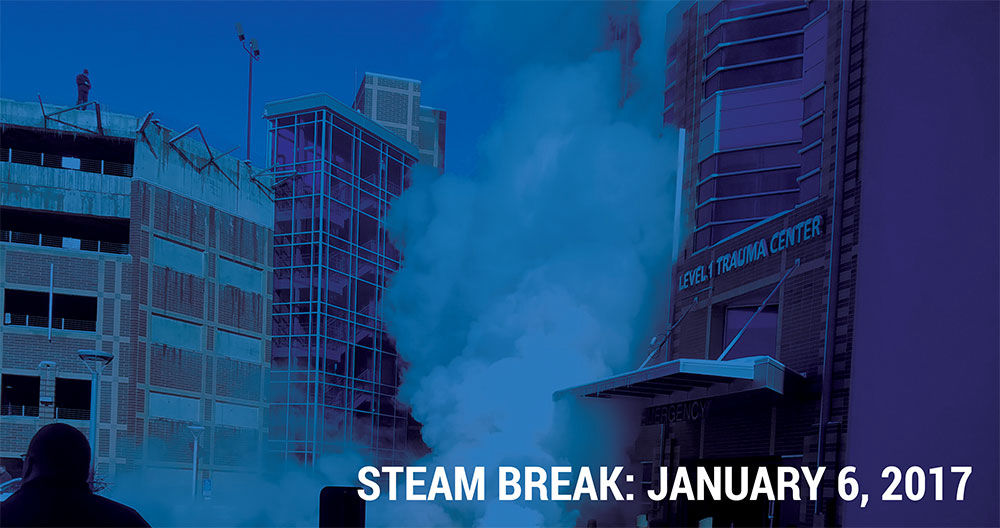’m Casey Chandler and I work for Hospital Facilities & Engineering. Ensuring our patients and caregivers have safe and reliable equipment is important to me. I’m one of many who ensure that this is just what happens. A powerful tool to deliver that level of safety is our Maintenance Management System (MMS). Maintenance Management Systems ensure that we prioritize response to daily trouble requests, prevent breakdowns through preventative maintenance, ensure we have the inventory on hand to repair critical equipment or systems, and appropriately budget for significant improvements. It allows us to save time and save money and keep our patients safe.
Daily problems
One of the two main focus for our facilities technicians are trouble requests. Typically, trouble requests are spontaneous or unplanned. Requests can be as simple as a dripping faucet in a patient’s bathroom or as critical as a facility-wide power failure. Using paper and pencil to track technicians would be difficult for any supervisor. The MMS tracks trouble request workflow, along with their priority.
Preventative maintenance
In addition to daily trouble requests, we also perform preventative maintenance (PM) on critical equipment and track that maintenance for annual accreditation audits. With the MMS, a supervisor can see what work his team has within their queue and the priority of that work, and then make appropriate staff assignments. Preventative maintenance is less expensive than unplanned repairs. By properly tracking our PMs, we can prevent unforeseen failures and higher costs.
Right parts, right time, right place
The MMS also support critical inventory control and procurement. The system tracks the parts and tools needed to repair assets. Storeroom staff use the MMS to keep inventory current and prevent storing items that are no longer needed. Our storeroom is a one stop shop for all the parts and pieces that F&E may need.
Strategic planning
Lifecycle replacement of assets is critical to plan a capital budget correctly. For example, if we know that a given emergency generator will cost us $100,000 to replace and we have already spent $85,000 on material and labor against that generator, it may be time to replace the equipment. By leveraging this data, we cease to be reactive but become proactive in asset management. Anytime we can get ahead of the curve, those of us in Facilities and Engineering can deliver on our promise of providing a safe and reliable healthcare facility.
Casey Chandler
When a medical error occurs, the patient is not the only person affected. Pediatric intensivist Brian Flaherty and psychologist Megan Call describe how caregivers can be impacted by medical error and provide strategies to cope.
For National Injury Prevention Day, Spencer Steinbach, Senior Nursing Director, discusses safety and injury prevention in nursing and the outdoors and shares tips for your next adventure.
Patient safety nurse coordinators Raelynn Fredrickson and Deborah Sax share an essential patient safety concept in honor of national patient safety awareness week.
